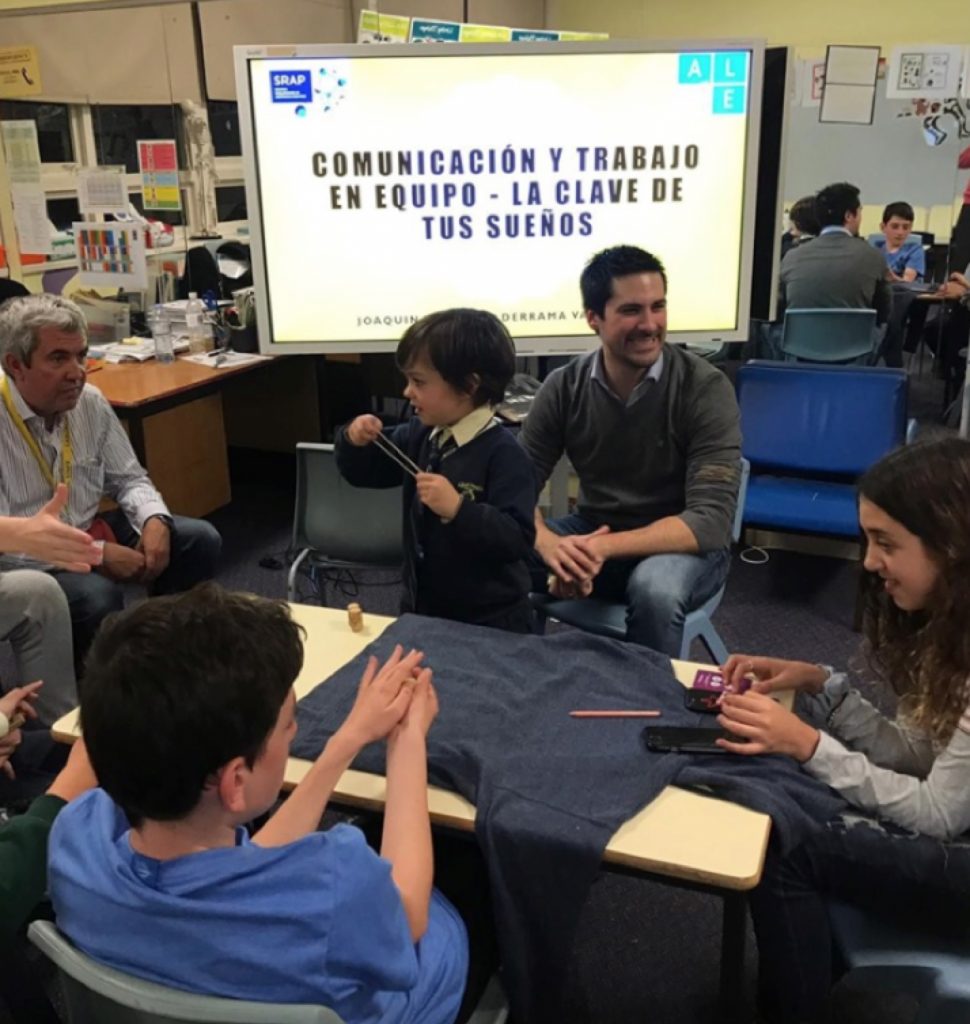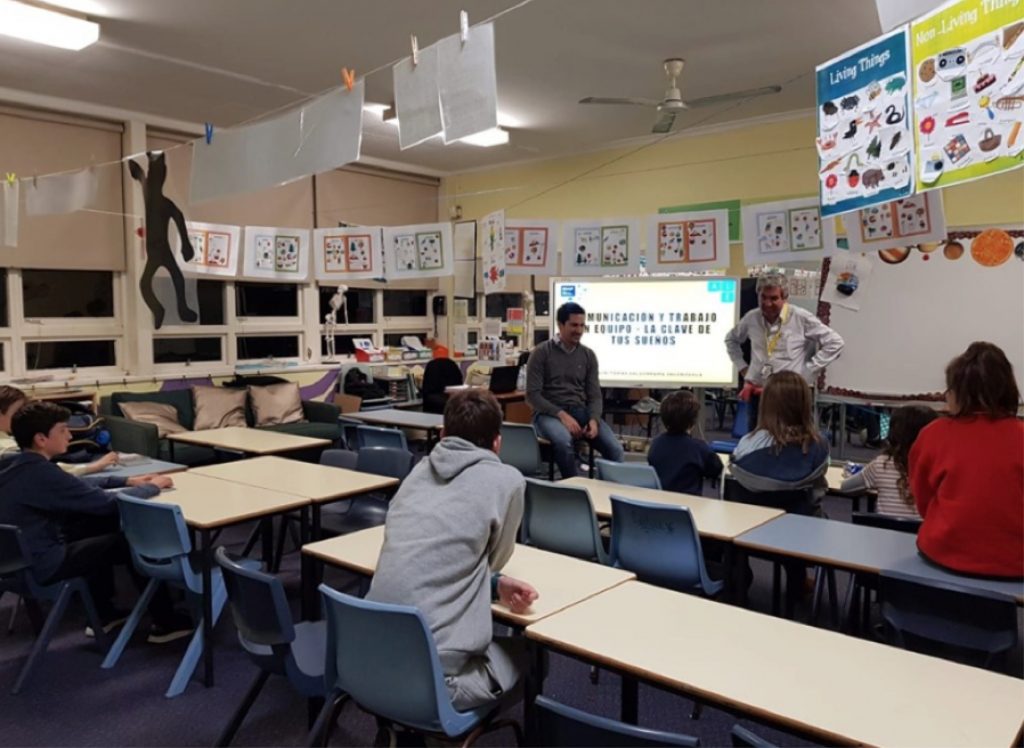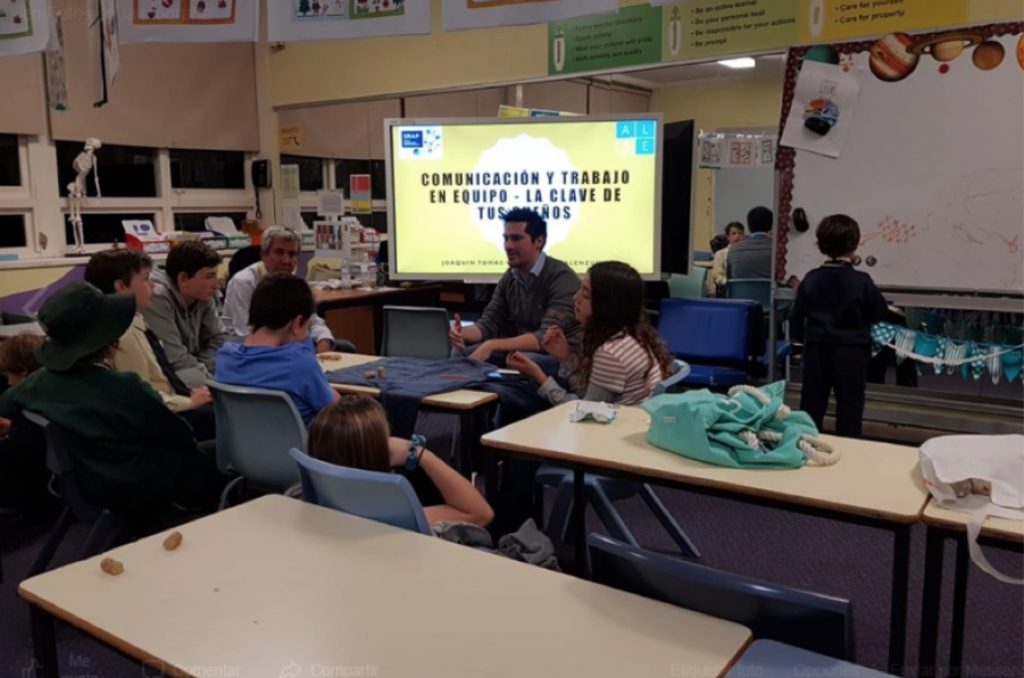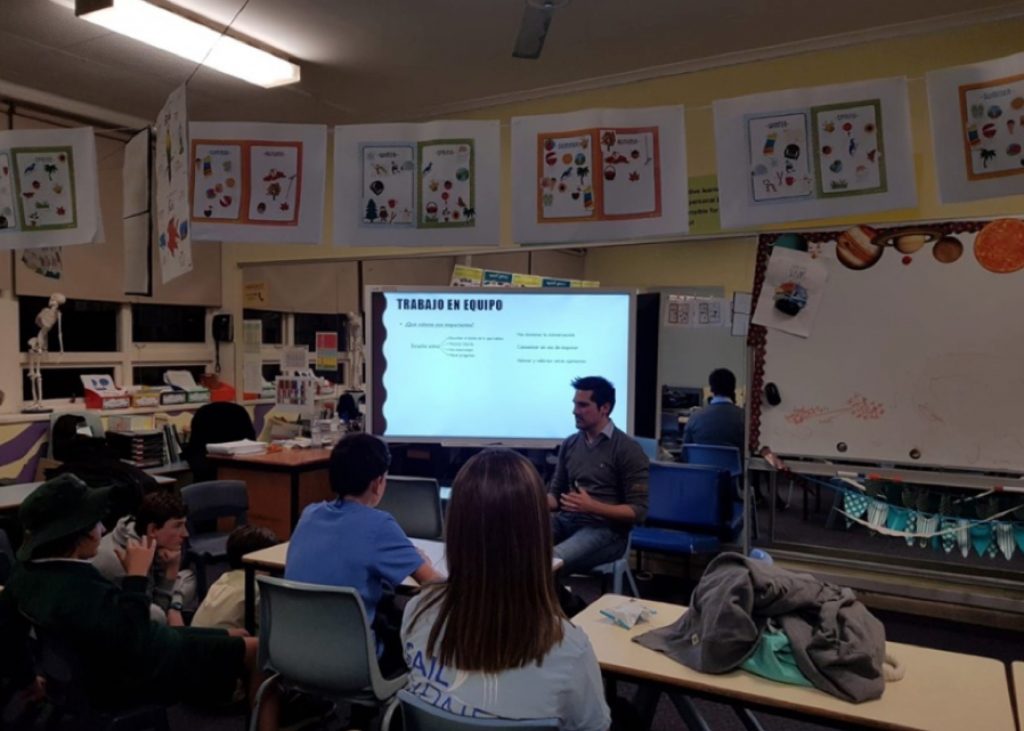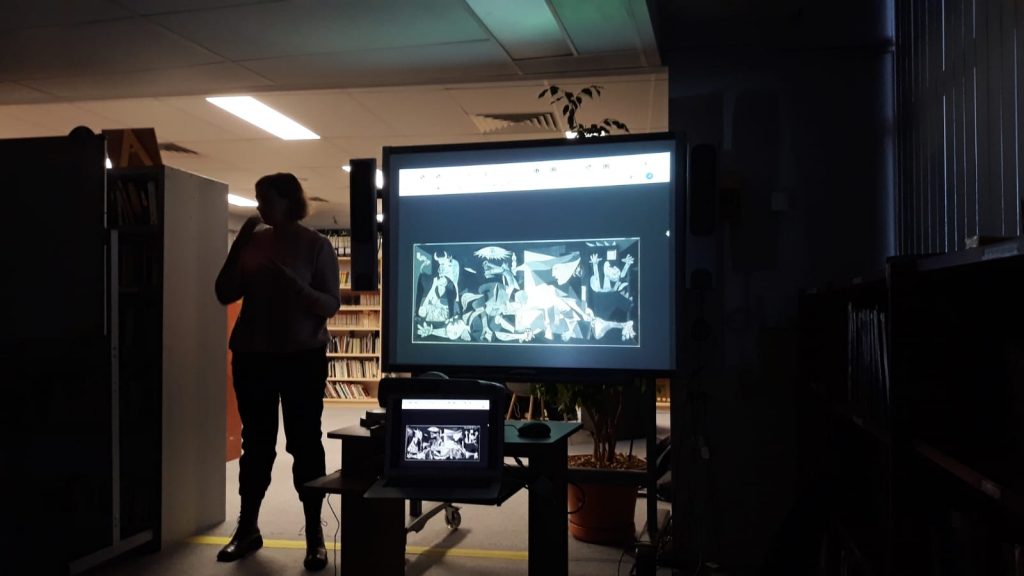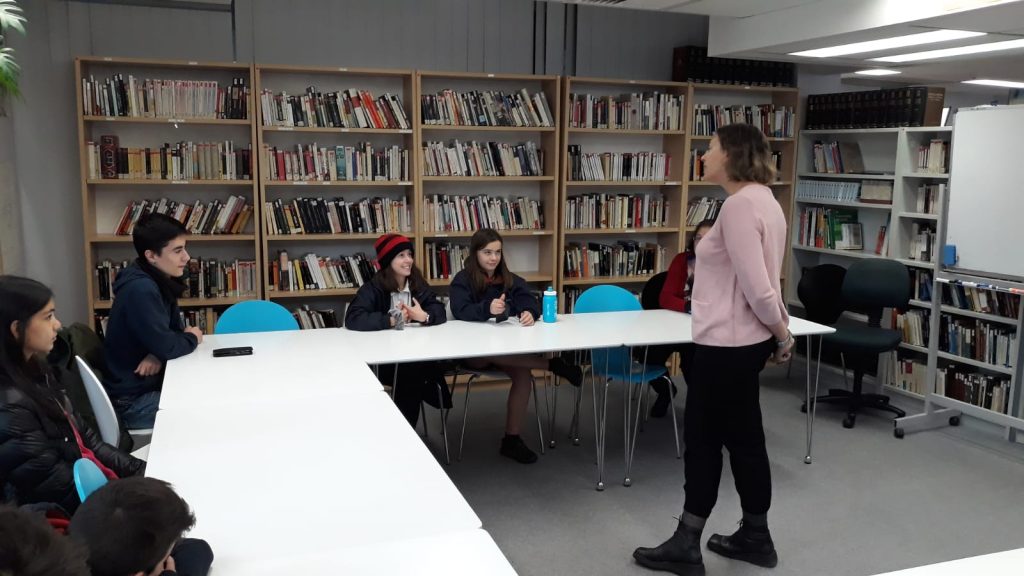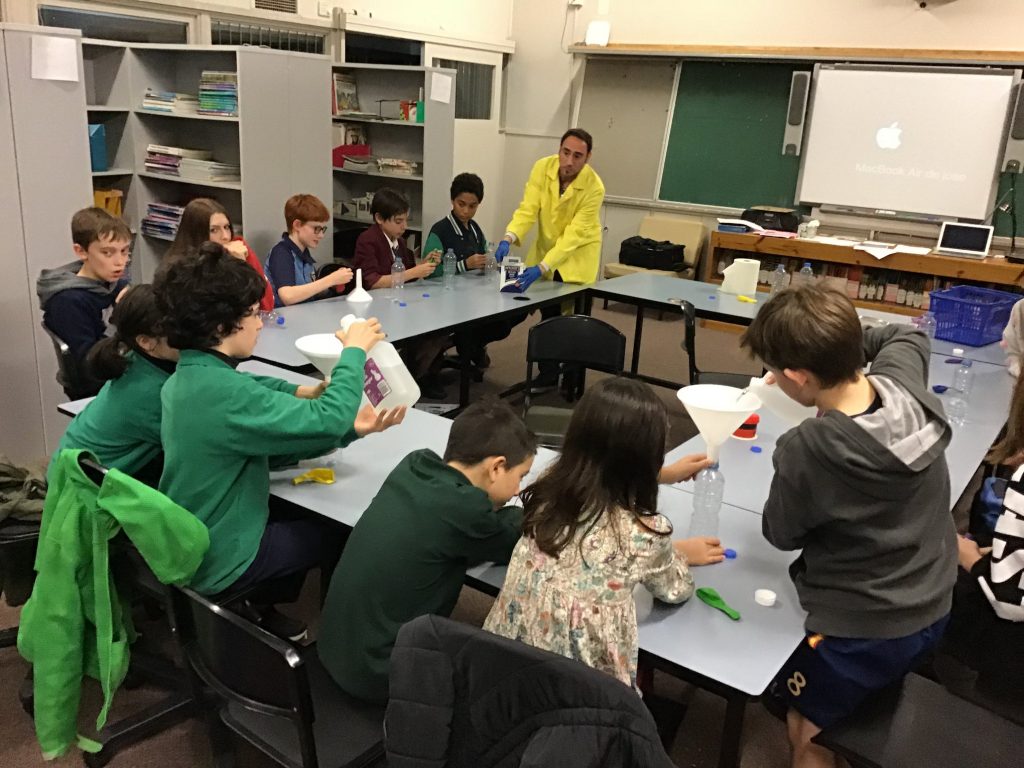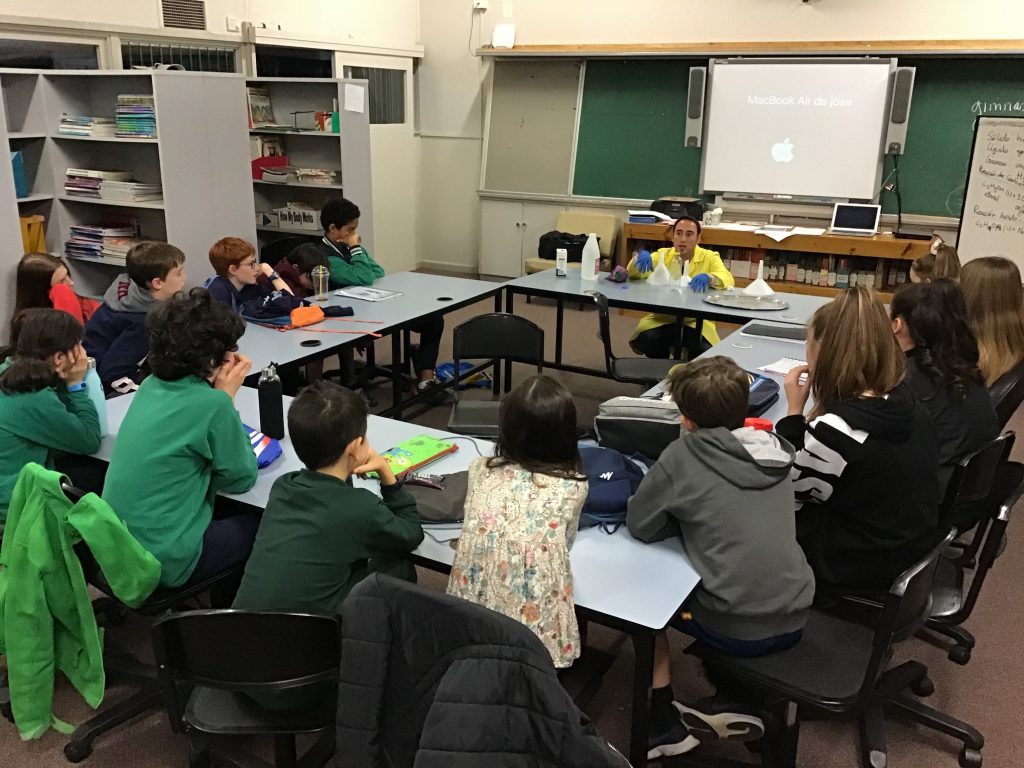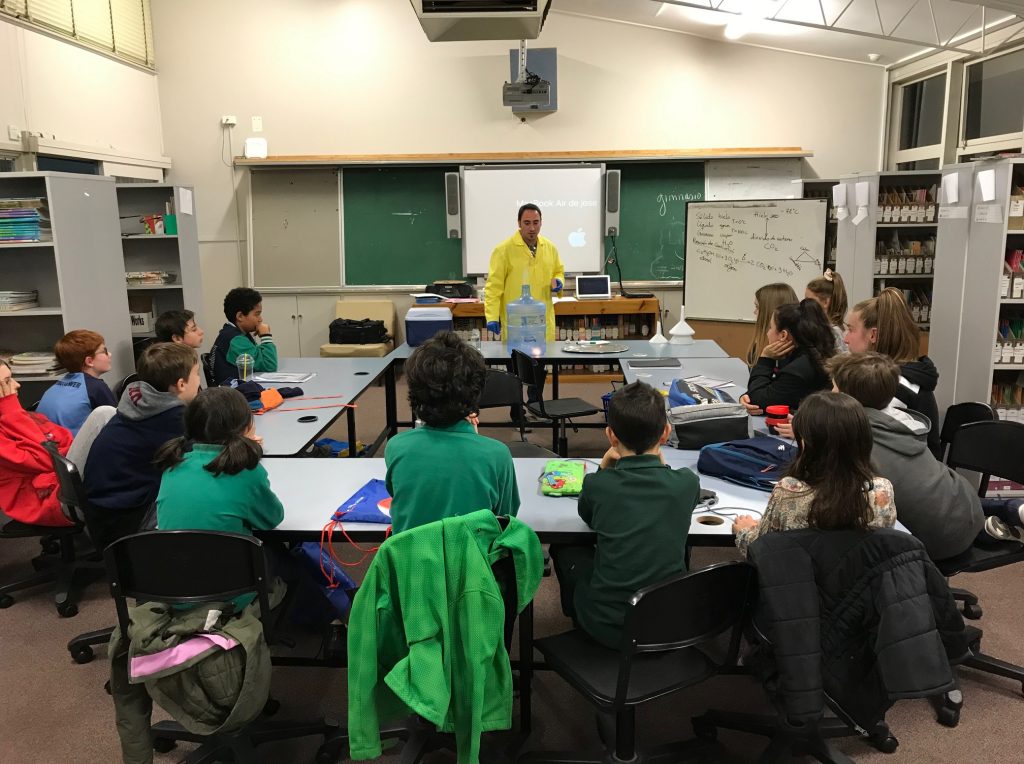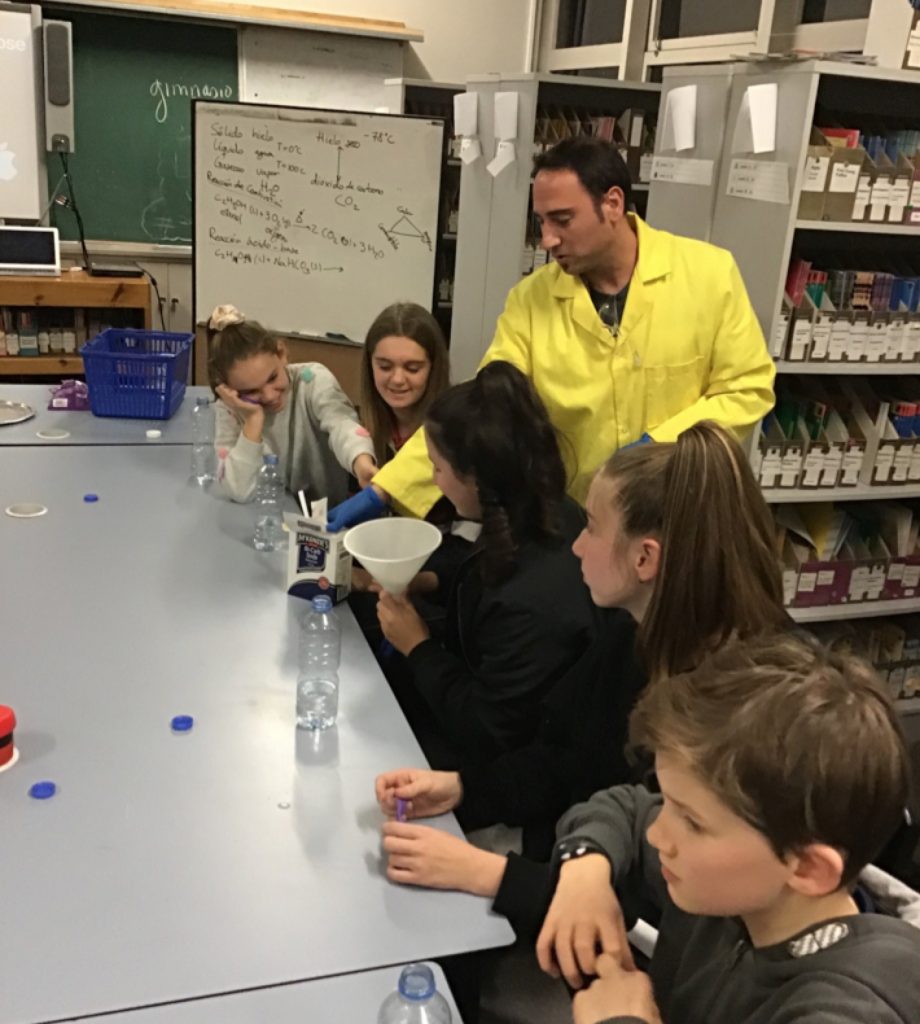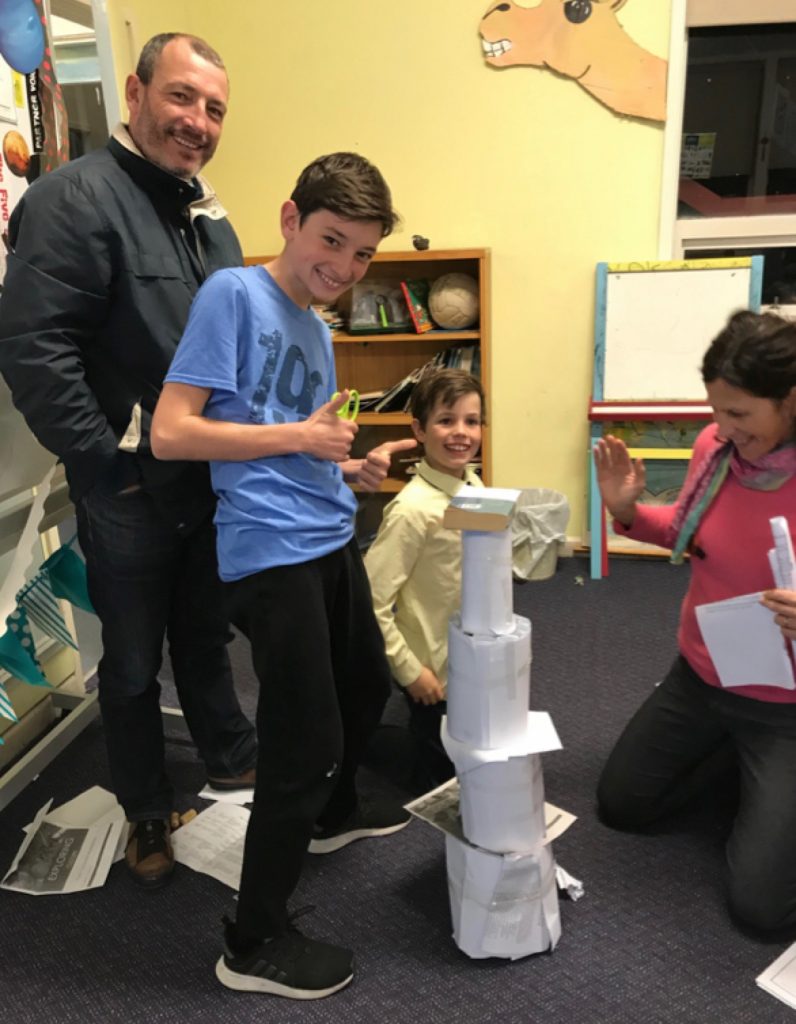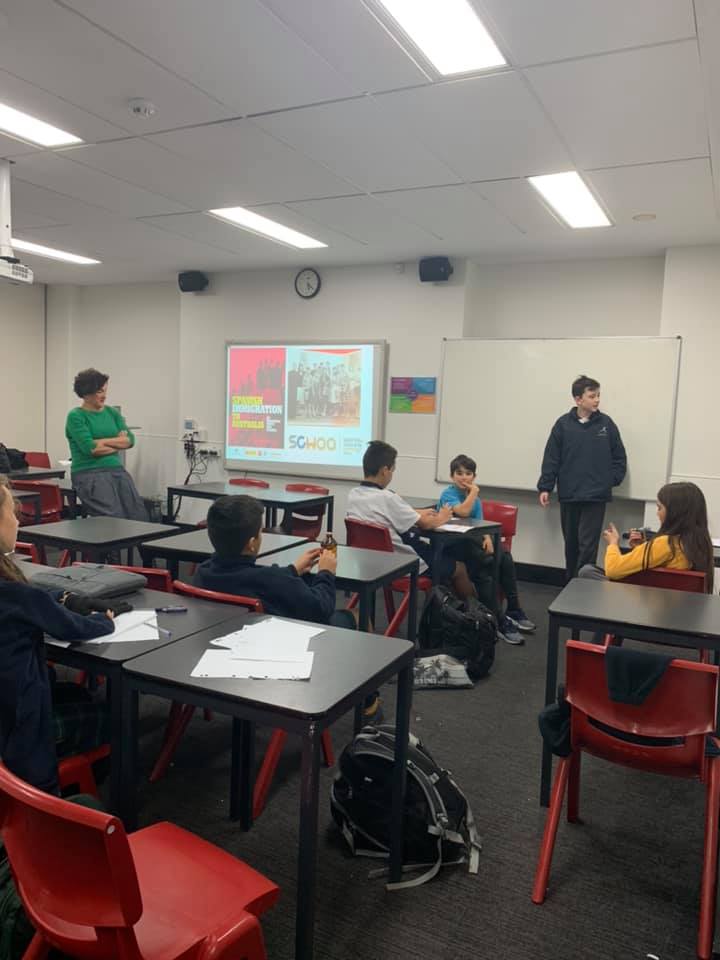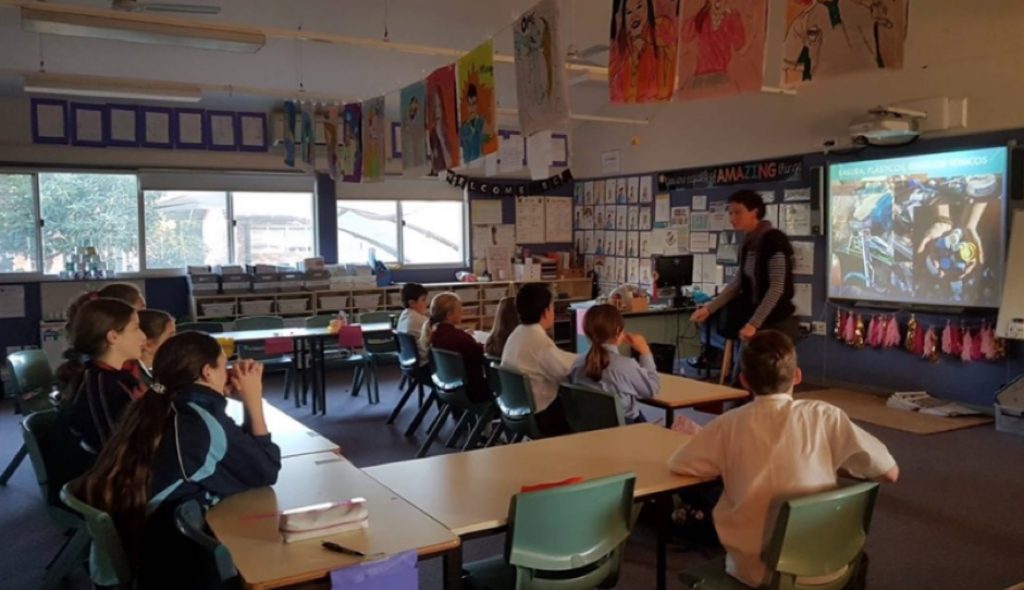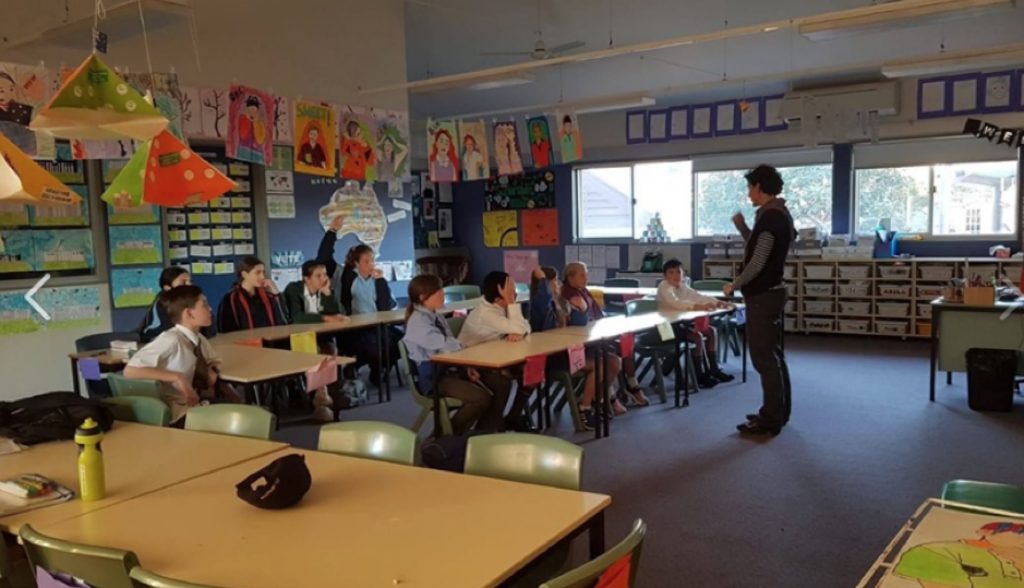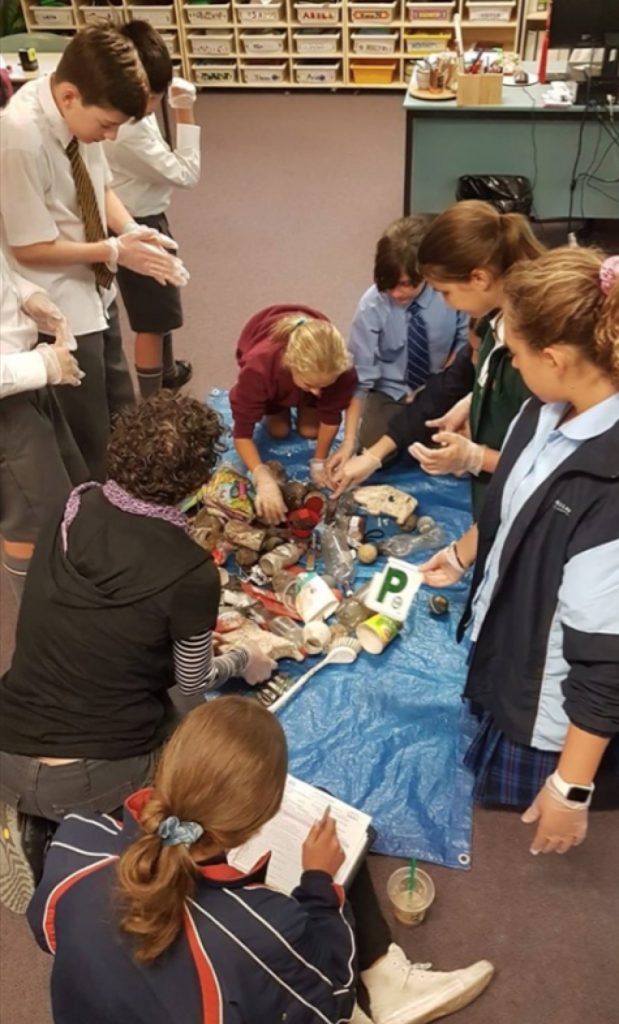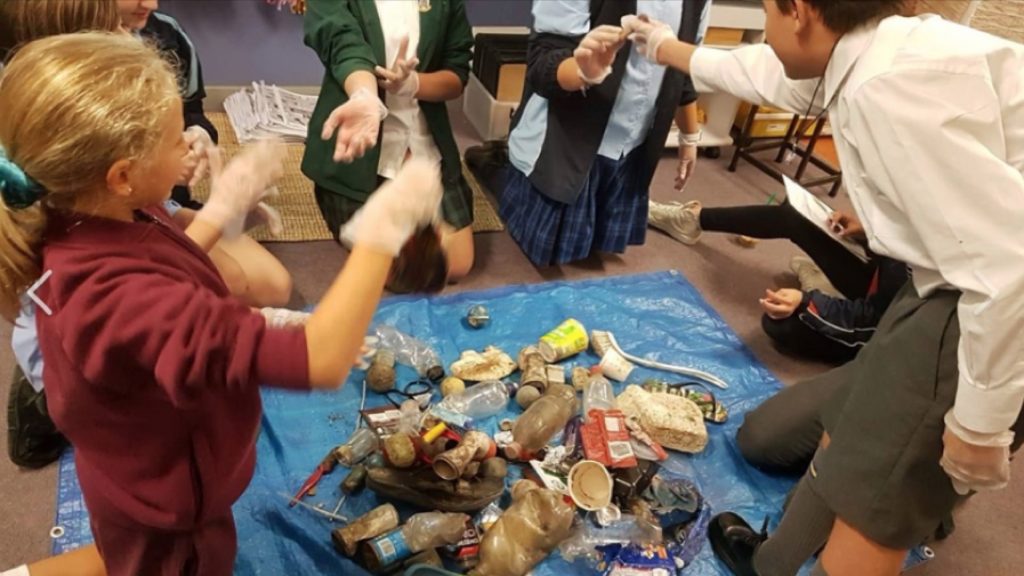During 2019 five members of SRAP agreed to take part of some of ALCE’s (Agrupacion de Lengua y Cultura Española) classes in order to disseminate science while playing. This has been a successful partnership – we are looking forward to finding more SRAP members to take part of these activities in 2020. Are you interested? Get in touch!
We would like to thank Raquel Pardo de Santayana Sanz, the director of ALCE, for the invitation to collaborate with ALCE but also to all teachers who helped us making the class fit according to the interest and age of each of the groups of students.
These are the SRAP members who volunteer to the ALCE classes and the topics we used in 2019:
Joaquin Valderrama presented to ALCE students in Maroubra, Sydney, the importance of communicating clearly, as well as some tips to work in group efficiently. Everything started following Joaquin´s style, with some magic! During the magic show, they learnt that the magic could not happen should the message had not been clear. Afterwards, they got organized in two groups and competed against each other to build the highest tower only made on paper and tape. There were no winners or losers. The two groups did a great job and put in practice what they learnt about communication work-in-group skills. Everyone had a great time.
Paulla Llull spoke about the Spanish painter Pablo Picasso to a class of ALCE in Canberra. I structured my talk around three main aspects in Picasso’s life and work. First of all, I used the many self-portraits he made between ages 16 and 90 to talk about his personal life in Spain and Paris as well as his stylistic evolution. Secondly, by reviewing his painting “Les Demoiselles d’Avignon”, I explained them some of the methodology and resources Art Historians use to establish themes, styles and artistic influences. Finally, the international impact of “Guernica” was a platform to talk about the universality of Picasso’s work while keeping a very Spanish character himself. In order to illustrate this aspect, I showed the students archival footage from the Spanish public broadcaster television (RTVE) about Guernica’s bombing in 1937 and the historic moment when the huge painting arrived at El Prado museum in Madrid in 1981, following the artist’s last wish.
Ivan Martinez visited Tony Martorell’s class in Cheltenham, Victoria, for a session about the states of matter (solid/liquid/gas) and to speak about greenhouse gases that contribute to climate change. The session started with demonstrations using dry ice (solid carbon dioxide) and the combustion of ethanol, the students participated in a hands on experiment in which they mixed vigenar with sodium bicarbonate to generate carbon dioxide and trap it in a balloon. It was a fun session in which students could practice Spanish using scientific terms and talk about climate change.
Natalia Ortiz and the students of ALCE in Sydney talked about the wonderful stories we have, sometimes without knowing it, in our own family. We share our experiences as immigrants, the stories of our grandparents and enjoy listening to some parents sharing their memories of multiple trips and returns. We discovered wonderful stories of creatives, artistic and entrepreneurs grandparents and learned the importance of keeping things that today are a memory and tomorrow can be history. We learned to give free rein to the imagination and write small arguments about the many variants of immigration. Possible animated films about birds that fly freely from country to country, stories of people who change their personality as well as their destination, and of course documentaries about a family member. An incredible experience and above all a very enriching one.
Ana Rubio visited ALCE students from Willoughby in Sydney. They talked about the problem related to marine debris, in particular plastics, including the impact on the environment. During the class they discussed the various paths that rubbish might take to reach marine/coastal areas from urban areas. Ana also brought to the class a bag full of marine debris that she collected that morning along the foreshore of the Hawkesbury Estuary with the help of students from schools in the Hornsby area. ALCE students helped itemising and counting the various rubbish items and we discussed methods we could easily use to reduce the use of such rubbish and associated waste. The class ended with each student making a pledge about how they will be commiting to reduce the use of plastic.

